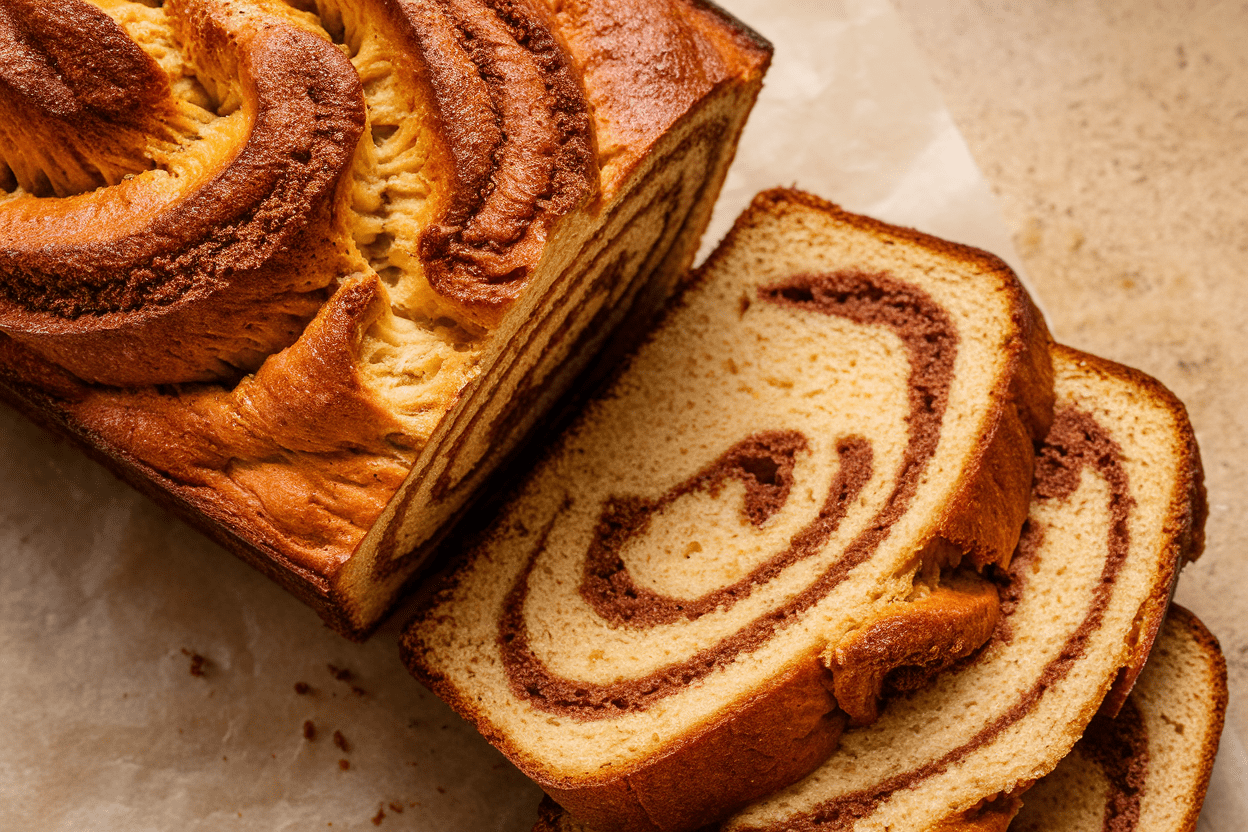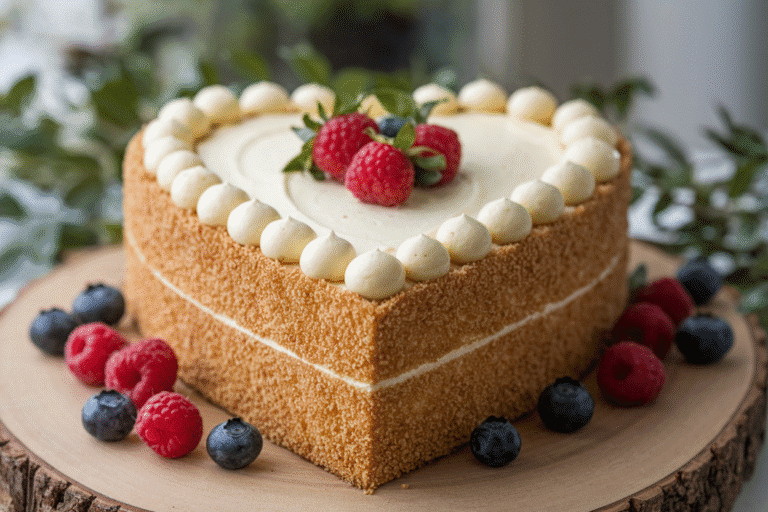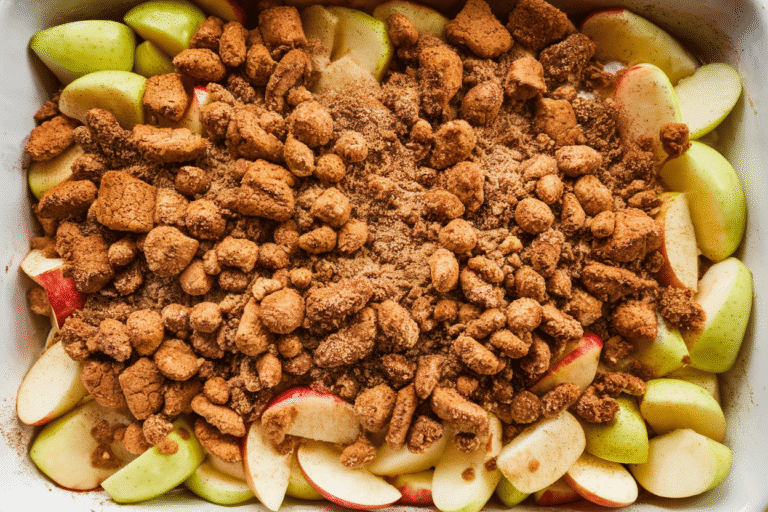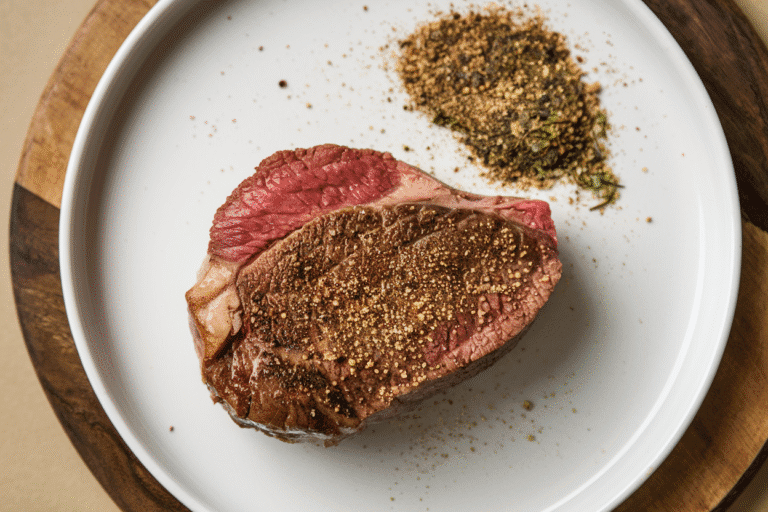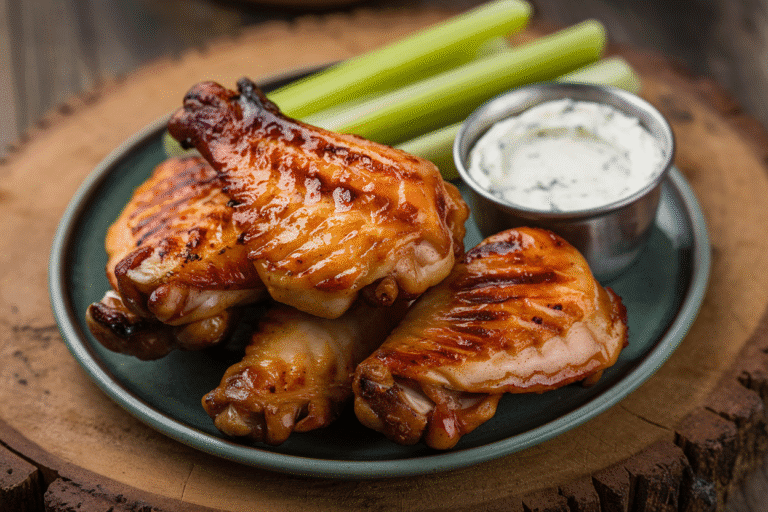This Cinnamon Swirl Bread Recipe Is the Breakfast Flex Your Toaster Has Been Begging For
Forget store-bought loaves that taste like sugared cardboard. This cinnamon swirl bread recipe throws down a buttery, cloud-soft crumb with a bold cinnamon ribbon that actually shows up and delivers. It’s the kind of loaf that makes neighbors “accidentally” stop by around brunch.
One slice becomes two, and suddenly you’re negotiating with yourself about a third. Make it once and you’ll wonder why you ever settled for anything less than bakery-level magic from your own oven.
What Makes This Recipe So Good
This loaf nails the sweet spot: tender, enriched dough with a dramatic cinnamon-sugar swirl that doesn’t melt into a vague blur. We use milk, butter, and egg for softness and flavor, but keep the dough workable—not sticky, not stiff.
The swirl is anchored with a touch of flour so it stays defined, not gummy. A light brush of egg wash gives you that golden, glossy “Instagram is watching” finish. Bonus: the loaf slices like a dream for toast, French toast, or frankly, just you + butter + silence.
Shopping List – Ingredients
- For the dough:
- 3 cups (360 g) all-purpose flour, plus extra for dusting
- 1/4 cup (50 g) granulated sugar
- 2 1/4 tsp (1 packet) instant yeast
- 1 tsp fine salt
- 3/4 cup (180 ml) warm milk (about 110°F/43°C)
- 1 large egg, room temperature
- 5 tbsp (70 g) unsalted butter, softened
- 1 tsp vanilla extract
- For the cinnamon swirl:
- 1/2 cup (100 g) brown sugar, packed
- 2 tbsp ground cinnamon
- 1 tbsp all-purpose flour
- 2 tbsp unsalted butter, melted (for brushing)
- For finishing:
- 1 egg + 1 tbsp water (egg wash)
- Optional: 1 tbsp coarse sugar for topping
Cooking Instructions
- Activate your game plan: In a large bowl, whisk flour, sugar, yeast, and salt.
Keep salt away from direct contact with yeast until mixed—yeast is powerful, but not invincible.
- Mix wet ingredients: Stir warm milk, egg, vanilla, and softened butter together. Butter will be a bit streaky and that’s fine.
- Make the dough: Pour wet into dry. Mix with a spatula until a shaggy dough forms.
Knead by hand 8–10 minutes or in a mixer on medium-low for 5–7 minutes. The dough should be smooth, elastic, and just slightly tacky.
- First rise: Place dough in a lightly oiled bowl, cover, and let rise in a warm spot until doubled, about 60–90 minutes. If your kitchen’s cold, use the oven off with the light on.
- Prep the swirl: Combine brown sugar, cinnamon, and flour.
The flour helps keep the swirl distinct and prevents sugary tunnels. Melt butter separately.
- Shape the rectangle: Turn the dough onto a lightly floured surface. Roll into a 9×16-inch rectangle.
Keep thickness even, about 1/4 inch.
- Build the swirl: Brush the dough with melted butter, leaving a 1/2-inch border on the long edge farthest from you. Sprinkle the cinnamon mixture evenly all over.
- Roll it tight: Starting from the long edge closest to you, roll up firmly without stretching the dough too hard. Pinch the seam closed.
Tuck the ends under for a clean look.
- Pan and proof: Place seam-side down in a greased 9×5-inch loaf pan. Cover and let rise until the dough crowns about 1 inch above the rim, 45–60 minutes.
- Preheat and glaze: Heat oven to 350°F (175°C). Brush the top with egg wash.
For a little sparkle, add coarse sugar.
- Bake: Bake 35–40 minutes, tenting with foil at the 25-minute mark if browning too fast. The loaf is done when it’s a deep golden brown and hits 195–200°F (90–93°C) internally.
- Cool like a pro: Let the loaf rest in the pan for 10 minutes, then transfer to a rack. Cool at least 1 hour before slicing.
Yes, waiting is hard. No, you can’t rush science.
Keeping It Fresh
Once cooled, store the loaf in a bread bag or airtight container at room temperature for 3–4 days. For longer storage, slice and freeze with parchment between slices; thaw in the toaster.
Avoid the fridge—it dries bread out faster than you can say “stale carbs.” If the crust softens over time, a quick toast revives the texture like a charm.
What’s Great About This
- Soft, plush crumb thanks to enriched dough—perfect for breakfasts and indulgent snacks.
- Defined cinnamon ribbon that doesn’t disappear or leak, so every slice looks bakery-level.
- Versatile for toast, French toast, bread pudding, or just slathered with salted butter.
- Beginner-friendly techniques with pro results—no sourdough starter or drama required.
- Smells ridiculous while baking, which, IMO, is half the point.
Pitfalls to Watch Out For
- Overheating the milk: If it’s too hot, it will kill the yeast. Aim for warm bathwater, not lava.
- Under-kneading: Weak gluten equals dense loaf. Look for a smooth surface and elastic feel.
- Overfilling the swirl: More sugar isn’t always better—excess filling can cause gaps or blowouts.
- Cutting too soon: Slicing hot bread compresses the crumb and smears the swirl.
Patience pays.
- Skipping the tent: If the top browns too fast and you ignore it, you’ll get a dark crust and underbaked center. Foil is your friend.
Variations You Can Try
- Raisin Run: Scatter 1/2 cup plumped raisins over the cinnamon layer before rolling.
- Sticky Streusel Top: Before baking, sprinkle a quick crumb (2 tbsp butter, 1/4 cup flour, 2 tbsp sugar) over the egg wash.
- Cardamom Twist: Add 1/2 tsp ground cardamom to the dough and 1/2 tsp to the filling for a Scandinavian vibe.
- Chocolate Swirl: Replace half the brown sugar with mini chocolate chips. Not sorry.
- Whole Wheat Boost: Swap 1 cup AP flour for whole wheat and increase milk by 1–2 tbsp if the dough feels stiff.
- Cinnamon-Roll Method: Slice the rolled log lengthwise and twist the strands together before panning for a dramatic marbled look.
FAQ
Can I use active dry yeast instead of instant yeast?
Yes.
Use the same amount, but dissolve it in the warm milk with a pinch of sugar first and let it foam for 5–10 minutes before mixing into the dough.
How do I know the dough has been kneaded enough?
It should feel smooth and elastic and pass a light windowpane test—stretch a small piece thin enough to see light without tearing. If it rips easily, knead a couple more minutes.
Why did my swirl separate or leave gaps?
Usually from rolling too loosely, using too much filling, or not leaving a clean border for sealing. Roll firmly, measure the filling, and pinch that seam like you mean it.
Can I make the dough ahead?
Absolutely.
After the first rise, punch down, cover tightly, and refrigerate up to 24 hours. Bring to room temp, roll, fill, proof, and bake. Flavor actually improves overnight—win.
How do I prevent a raw streak under the top crust?
Check internal temp near the center, not just the edge.
If browning too fast, tent with foil and extend baking 5–10 minutes. Also make sure your loaf pan isn’t oversized, which spreads the dough too thin to rise properly.
Can I use non-dairy milk and vegan butter?
Yes. Use your favorite non-dairy milk and a quality vegan butter.
Replace the egg with 3 tbsp aquafaba or 3 tbsp non-dairy yogurt for tenderness. Texture stays soft and springy.
My Take
This cinnamon swirl bread recipe punches way above its weight. The dough is forgiving, the swirl is dramatic, and the results are dangerously snackable.
If you want a home run on the first bake, stick to the measurements, respect the rises, and don’t slice early. For me, the cardamom variation is elite—subtle, fragrant, and a little unexpected. Your toaster’s about to earn its keep—FYI, butter first, then a tiny sprinkle of flaky salt.
Thank me later.
